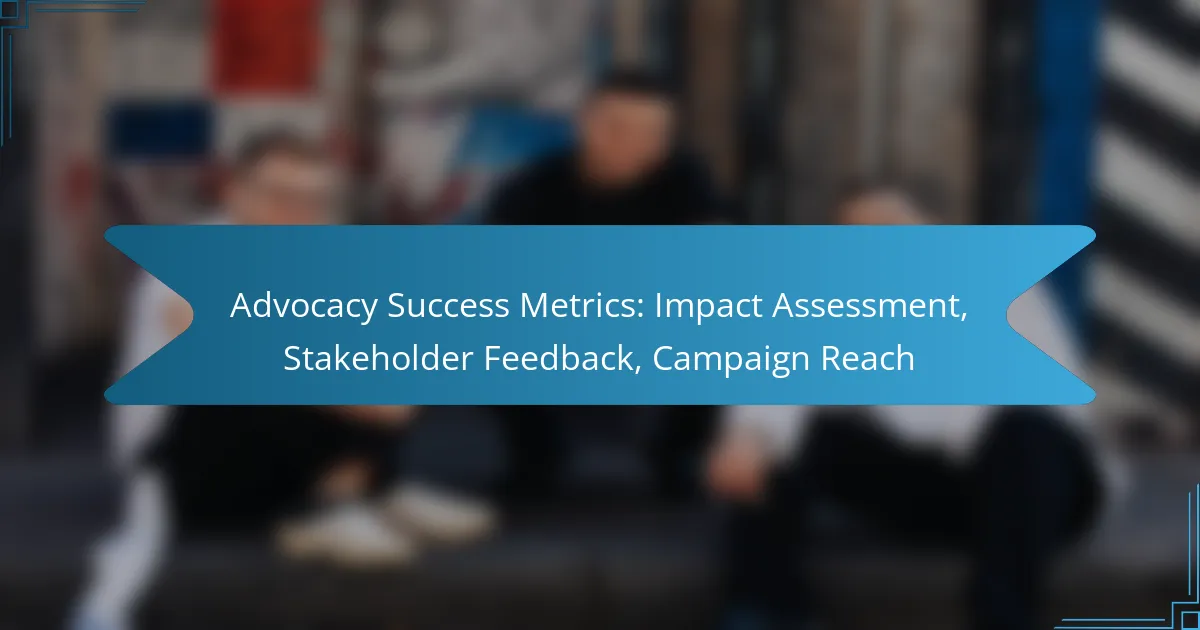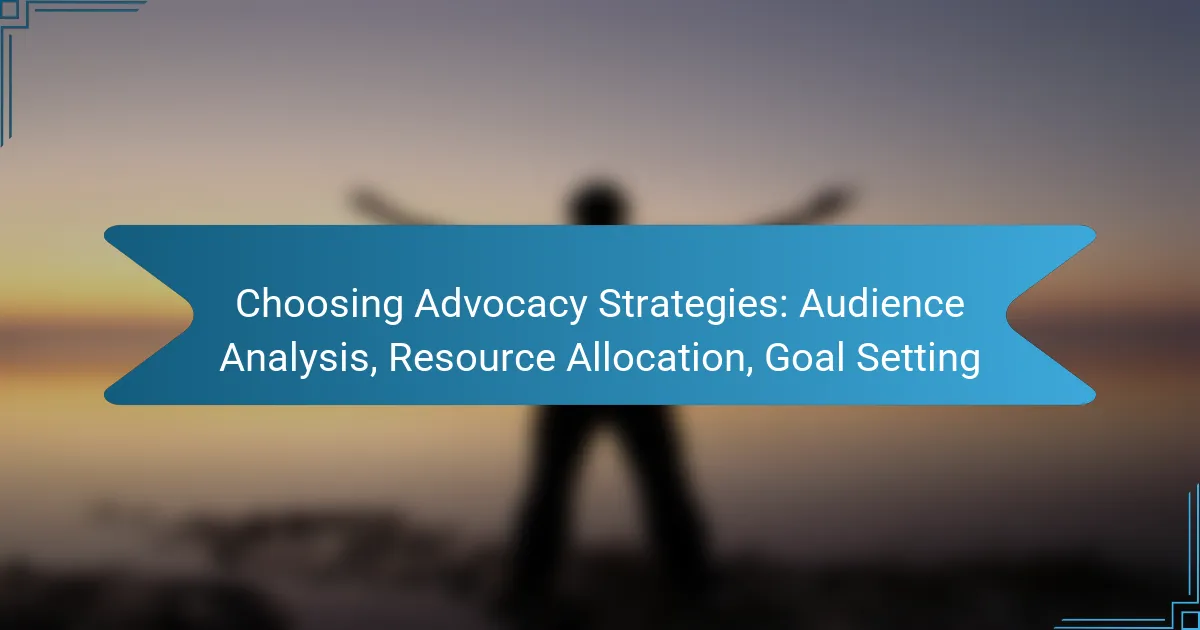Social media has transformed the landscape of engagement, awareness, and mobilization in the UK, enabling brands and audiences to interact directly and dynamically. By leveraging platforms like Twitter, Instagram, and Facebook, businesses can enhance brand visibility and connect with a broader audience. Additionally, these platforms serve as powerful tools for community mobilization, allowing individuals to organize events and coordinate efforts for various causes, ultimately fostering greater collective action and awareness.
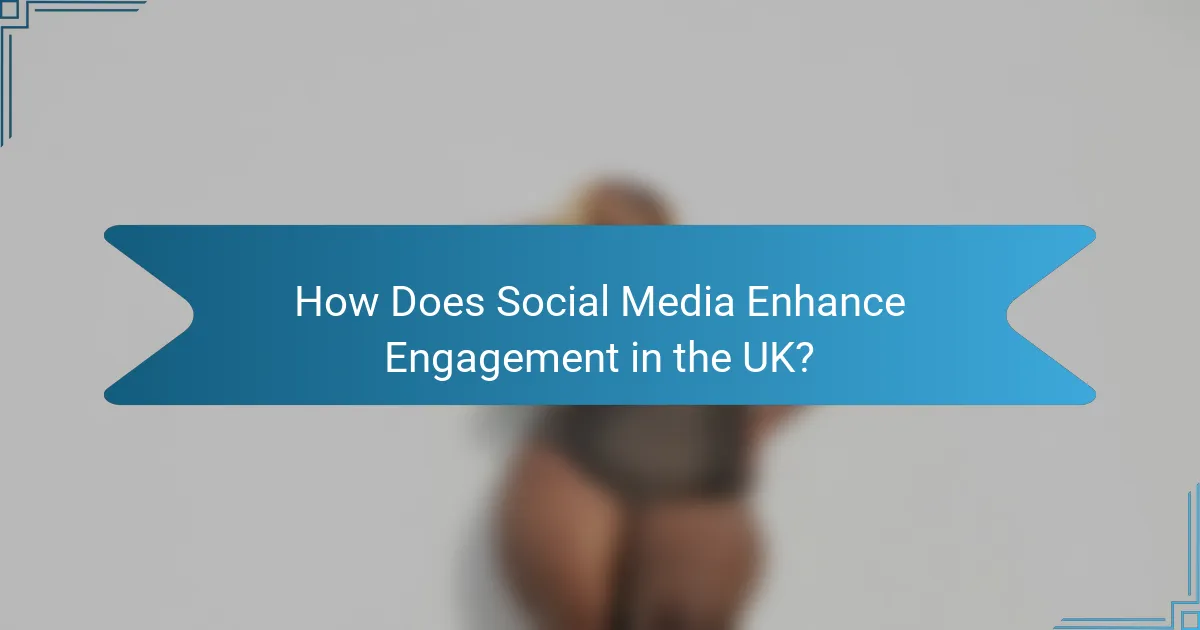
How Does Social Media Enhance Engagement in the UK?
Social media enhances engagement in the UK by facilitating direct communication between brands and audiences, leading to increased interaction and loyalty. Platforms like Twitter, Instagram, and Facebook allow users to connect, share, and respond in real-time, creating a dynamic environment for engagement.
Increased interaction rates
Social media platforms have significantly boosted interaction rates, allowing users to engage with content through likes, shares, and comments. Brands can expect interaction rates to vary, often ranging from 1% to 5% depending on the platform and content type. Higher engagement typically leads to better visibility and reach.
To maximize interaction, brands should create compelling content that resonates with their audience’s interests. Utilizing polls, questions, and interactive stories can further enhance user engagement.
Real-time feedback mechanisms
Real-time feedback on social media allows brands to gauge audience reactions instantly. This immediate response capability helps businesses adjust their strategies quickly, enhancing customer satisfaction. For example, a brand can modify a campaign based on user comments or reactions within hours.
Encouraging feedback through direct messages or comments can provide valuable insights. Brands should actively monitor their social channels to respond promptly and foster a two-way conversation.
Community building opportunities
Social media provides a platform for community building, allowing users to connect over shared interests and values. By creating dedicated groups or forums, brands can cultivate a loyal following and encourage discussions among members. This sense of community can enhance brand loyalty and advocacy.
Brands should actively engage with their communities by sharing user-generated content and hosting events or discussions. This approach not only strengthens relationships but also encourages members to contribute and participate.
Influencer collaborations
Collaborating with influencers is a powerful way to enhance engagement on social media. Influencers can reach niche audiences and lend credibility to a brand, often leading to higher engagement rates. In the UK, partnering with micro-influencers can be particularly effective due to their strong connections with followers.
Brands should carefully select influencers whose values align with their own and who genuinely resonate with their target audience. Clear communication and collaboration can lead to authentic content that engages users effectively.
Content sharing and virality
Content sharing is a key feature of social media that can lead to virality, significantly amplifying engagement. When users share content, it reaches new audiences, creating a ripple effect that can enhance brand visibility. Engaging visuals, relatable messages, and timely topics often perform well in this regard.
To encourage sharing, brands should create high-quality, shareable content that prompts users to spread the word. Incorporating share buttons and encouraging followers to tag friends can further facilitate this process.
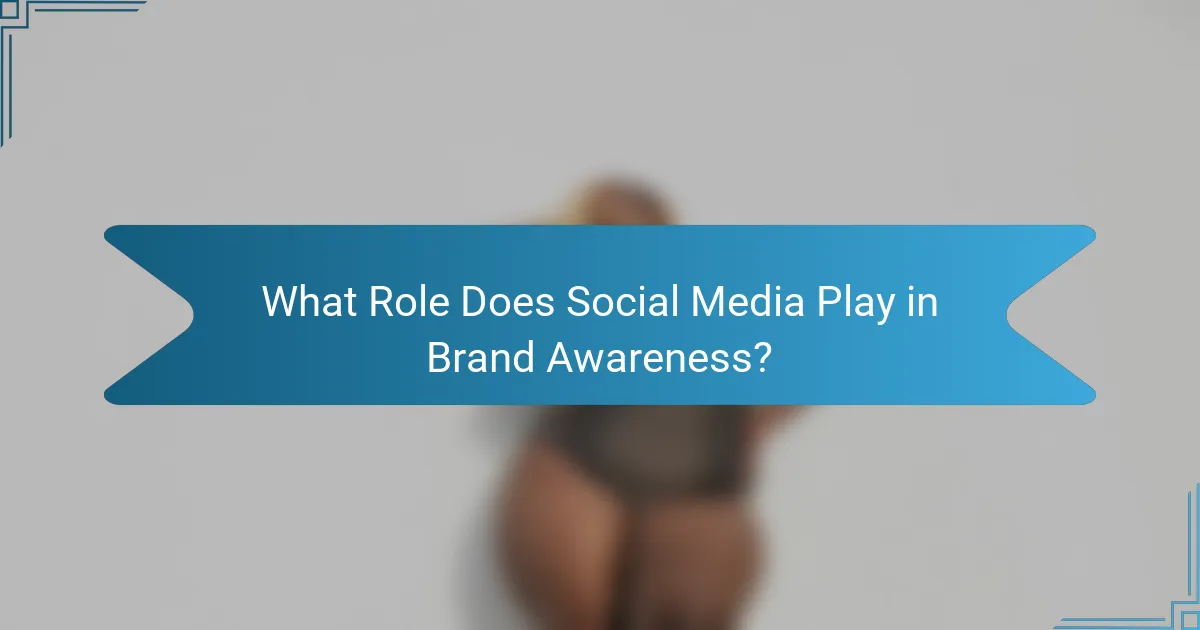
What Role Does Social Media Play in Brand Awareness?
Social media plays a crucial role in enhancing brand awareness by providing platforms for businesses to connect with potential customers. It allows brands to reach a larger audience and engage them effectively through various content formats.
Wider audience reach
Social media platforms have billions of active users, enabling brands to reach diverse demographics across the globe. By leveraging these platforms, businesses can expand their visibility beyond traditional marketing channels, tapping into new markets and customer segments.
To maximize reach, brands should consistently post engaging content and utilize hashtags relevant to their industry. This approach can significantly increase the chances of being discovered by users who are not yet familiar with the brand.
Targeted advertising capabilities
Social media offers sophisticated targeting options that allow brands to tailor their advertising efforts to specific audiences based on interests, behaviors, and demographics. This precision ensures that marketing messages reach the most relevant users, improving conversion rates.
For effective targeted advertising, brands should analyze their audience data to create buyer personas. Utilizing tools like Facebook Ads Manager or LinkedIn Campaign Manager can help in crafting campaigns that resonate with particular segments, ultimately enhancing brand awareness.
Brand storytelling through visuals
Visual content, such as images and videos, is more likely to capture attention and convey messages quickly compared to text alone. Social media platforms prioritize visual storytelling, making it essential for brands to incorporate high-quality visuals into their marketing strategies.
Brands can utilize infographics, short videos, and eye-catching images to tell their stories and showcase their products. This approach not only enhances engagement but also helps in creating a memorable brand identity that resonates with audiences.
Utilizing user-generated content
User-generated content (UGC) is an effective way to build brand awareness, as it showcases real customers’ experiences and endorsements. Encouraging customers to share their content related to the brand can create authentic connections and increase trust among potential buyers.
Brands can incentivize UGC by running contests or featuring customer posts on their official pages. This strategy not only amplifies brand visibility but also fosters a sense of community, making customers feel valued and connected to the brand.
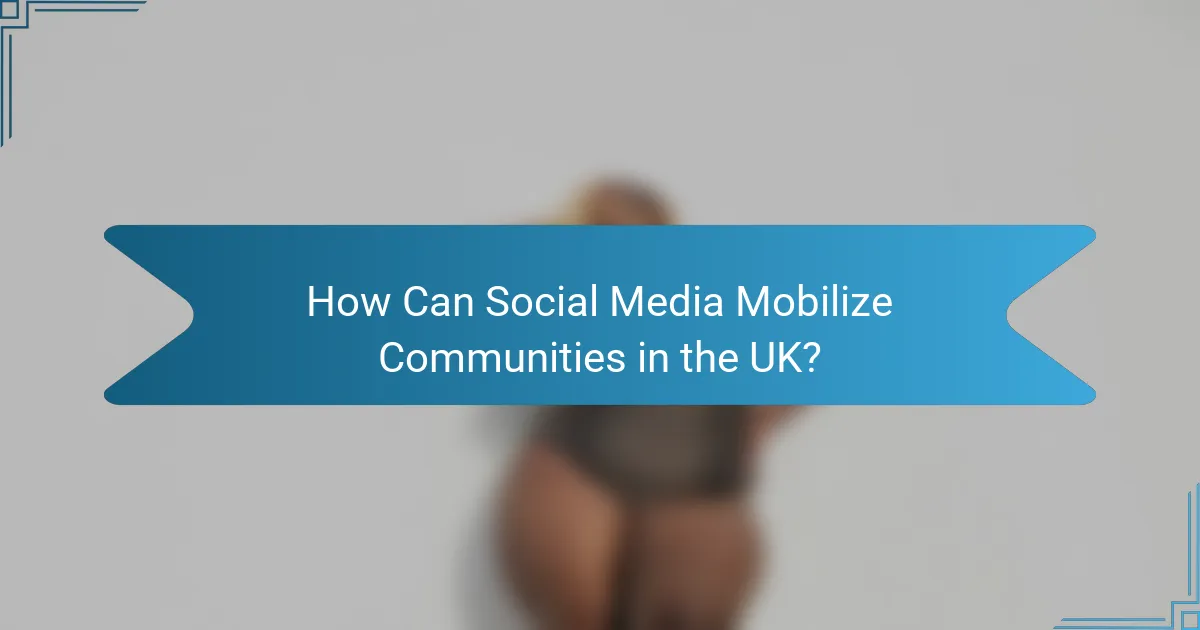
How Can Social Media Mobilize Communities in the UK?
Social media can effectively mobilize communities in the UK by facilitating communication, organizing events, and fostering collective action. These platforms enable individuals to connect, share information, and coordinate efforts for various causes, enhancing community engagement and awareness.
Organizing events and campaigns
Social media serves as a powerful tool for organizing events and campaigns by allowing users to create and promote gatherings quickly. Platforms like Facebook and Instagram enable event pages where participants can RSVP, share details, and invite others, increasing visibility and attendance.
For successful event organization, consider using targeted ads to reach specific demographics, and utilize hashtags to create a unified message. Engaging visuals and clear calls to action can significantly enhance participation rates.
Facilitating grassroots movements
Grassroots movements thrive on social media, as these platforms provide a space for individuals to share their stories and rally support. Movements such as climate action or social justice have gained momentum through shared posts and viral content, mobilizing communities around common goals.
To facilitate a grassroots movement, focus on storytelling and authentic engagement. Encourage community members to share their experiences and provide resources that help them get involved, such as petitions or local meeting information.
Encouraging civic engagement
Social media encourages civic engagement by providing a platform for discussions about local issues and political matters. Users can easily access information about upcoming elections, community meetings, and advocacy opportunities, fostering a more informed citizenry.
To enhance civic engagement, share informative content that highlights the importance of participation in local governance. Create interactive posts that encourage followers to voice their opinions and engage in discussions about community needs and solutions.
Real-time information dissemination
Real-time information dissemination is a critical function of social media, especially during emergencies or significant events. Communities can receive updates on safety, public services, and local developments instantly, allowing for timely responses and informed decision-making.
To effectively disseminate information, ensure that updates are clear, concise, and accurate. Utilize live streams, stories, and regular updates to keep the community informed, and encourage followers to share this information within their networks to maximize reach.

What Are the Key Metrics for Measuring Social Media Success?
Key metrics for measuring social media success include engagement rates, reach and impressions, conversion rates, and follower growth. These metrics help assess how effectively a brand connects with its audience and achieves its marketing goals.
Engagement rates
Engagement rates indicate how actively users interact with content, typically measured through likes, shares, comments, and saves. A higher engagement rate suggests that the content resonates well with the audience, fostering a sense of community and loyalty.
To calculate engagement rate, divide the total interactions by the total reach or impressions and multiply by 100. For example, if a post receives 200 interactions from 1,000 impressions, the engagement rate is 20%.
Reach and impressions
Reach refers to the total number of unique users who see a post, while impressions count the total number of times the post is displayed, regardless of whether it was clicked. Understanding both metrics helps gauge the visibility of content and the effectiveness of promotional strategies.
For instance, if a post reaches 500 users but has 1,500 impressions, it indicates that some users viewed the content multiple times. Balancing reach and impressions is crucial for maximizing audience exposure without overwhelming them.
Conversion rates
Conversion rates measure the percentage of users who take a desired action after engaging with social media content, such as signing up for a newsletter or making a purchase. This metric is vital for assessing the effectiveness of social media campaigns in driving business objectives.
To calculate conversion rate, divide the number of conversions by the total number of visitors from social media and multiply by 100. For example, if 50 out of 1,000 visitors convert, the conversion rate is 5%.
Follower growth
Follower growth tracks the increase in the number of followers over a specific period, reflecting the brand’s ability to attract and retain an audience. A steady growth rate indicates effective content strategies and audience engagement.
To analyze follower growth, compare the number of followers at the beginning and end of a defined timeframe. For example, if a brand had 1,000 followers at the start of the month and 1,200 at the end, the growth rate would be 20%. Regularly monitoring this metric helps identify trends and adjust strategies accordingly.

What Are the Best Practices for Social Media Strategy?
Effective social media strategy involves a combination of consistent branding, engaging content, and active community management. Implementing these best practices can enhance engagement, raise awareness, and mobilize audiences effectively.
Consistent branding
Consistent branding across social media platforms helps establish a recognizable identity and builds trust with your audience. This includes using the same logo, color scheme, and tone of voice in all posts and interactions.
To achieve consistent branding, create a style guide that outlines your brand’s visual and verbal identity. Ensure all team members understand and adhere to these guidelines when creating content or interacting with followers.
Regularly audit your social media profiles to ensure they align with your branding strategy. This can include checking profile pictures, bios, and post formats to maintain a cohesive look and feel across platforms.

